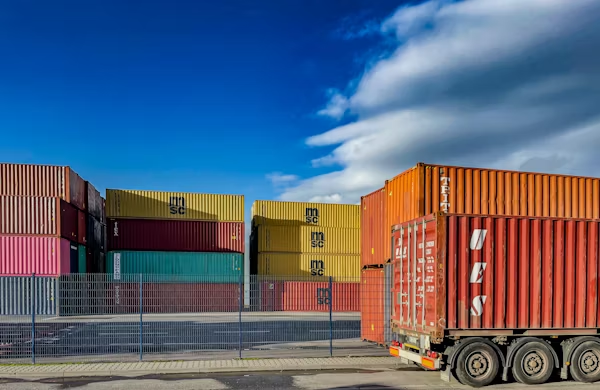Embracing Uncertainty With Smarter Sourcing

Q1. Could you start by giving us a brief overview of your professional background, particularly focusing on your expertise in the industry?
I'm a Mechanical engineer with a postgraduate degree in management and have gained 35 years of rich industrial experience in construction and mining equipment, auto components, and alloy steel foundry. I have served in senior positions for a construction and mining equipment manufacturer for two decades, and then at CII as a nominated member for various projects and task forces. Currently working as an independent consultant.
Q2. What approaches can be used to evaluate and quantify the trade-offs between efficiency and resilience in global supply chain strategies, especially amid ongoing inflation, tariff fluctuations, and geopolitical risks?
We need a more dynamic global supply chain strategy framework to mitigate the risk since disruptions are unknown. Agility and flexibility need to be built into supply chain design. Global value chain capability continues to improve and spread across the world, along with challenges. Leading global companies evolved their framework after COVID with a necessary review mechanism. Best practices exist in the industry to replicate.
Q3. In your experience, what role does sustainability and ESG compliance play in sourcing decisions and risk management, and how do you demonstrate value creation to both customers and investors?
Sustainability and ESG compliance are not a nice-to-have. It has become a basic mandatory requirement to consider for global sourcing. Across the world, almost all markets have become more sensitive to ESG. When we ensure ultimate compliance, it will become a competitive advantage for global reach.
Q4. What are the key competitive advantages you see in the sourcing strategy, and how are you future-proofing supply lines for evolving market and regulatory demands?
Best possible product availability with the least logistics cost is the competitive advantage for global players. Dual sourcing or multi sourcing depends on the size of the market and needs to be considered to become future proof.
Q5. What new approaches have been adopted for multi-sourcing, inventory optimization, or nearshoring/reshoring to enhance resilience?
Multi-sourcing, at least dual sourcing, has become the new norm considering the variation exists between East and West in terms of tariff, compliance, and market. Optimizing the length of the value chain will help to optimize inventory.
Q6. How are digital tools and real-time data visibility leveraged to detect, mitigate, and recover from supply or demand shocks in your operations?
A digitally connected value chain creates visibility to mitigate risk. Accuracy of the data in real-time is critical to prevent the risk. Type of platform and stage of data collection need to be chosen carefully considering the capability variations of the supply base.
Q7. If you were an investor looking at companies within the space, what critical question would you pose to their senior management?
How much agility and flexibility is inbuilt in your business strategy for profitable growth?
Comments
No comments yet. Be the first to comment!
